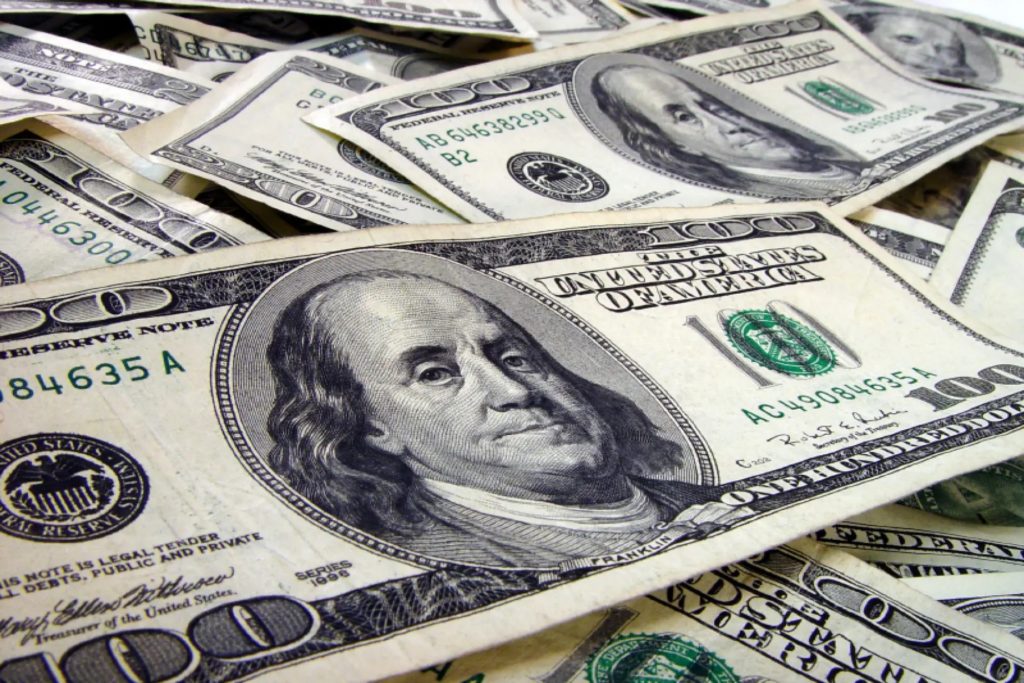RIO DE JANEIRO, BRAZIL – Unlike what has been happening in relation to currencies in other emerging countries, in Brazil the dollar has been appreciating since the peak of the impact of the novel coronavirus in the market.
Since March 23rd, when the stock market dropped sharply, the commercial dollar became 9.11 percent more expensive for Brazilians: from R$5,1416, it was worth R$5,6104 at Wednesday’s closing.
On Thursday, August 27th, the American currency traded down 0,72 percent, at R$5,57, reflecting the statement of FED president, Jerome Powell, but the trend here may be unsustainable.

The fact is that the dollar is dropping in value all over the world, except in Brazil. In Chile, for instance, the American currency could be bought for 860,64 Chilean pesos on March 23rd, and by Wednesday it had depreciated 10.3 percent, worth 785,92 Chilean pesos.
The same occurred in Mexico: at the peak of the crisis, one dollar could be bought for 25,15 Mexican pesos and by Wednesday it dropped 29,3 percent, to 21,93 Mexican pesos.
The American currency has not only been depreciating in relation to the emerging markets. At the peak of the Covid-19 crisis, one dollar was worth €0.9325, and on Wednesday it closed at €0.8453, 0.85 percent less. When compared to the Pound Sterling, the American currency dropped from £0.8661 to £0.7570 yesterday, a reduction of 0.76 percent.
The dollar’s worldwide depreciation is a consequence of the Federal Reserve’s strategy of injecting trillions of dollars through benefits for individuals and companies and thus boost the economy. Naturally, the increase in the money supply leads to a decrease in its value.
In Brazil, however, despite this increase in the amount of US currency available on the market and the billions of dollars pumped into the country through Central Bank auctions, the currency continues to soar.
The main reason that alarms investors in Brazil is the risk of default because of the complex fiscal situation the country has reached in the Covid-19 health crisis. By the end of the year, experts estimate that the fiscal deficit could reach 100 percent of the country’s GDP.
The lack of consensus between Minister Paulo Guedes’ liberal economic team and the developmentalist agenda, which President Bolsonaro has suddenly joined, does not point to better prospects for this scenario.
“Everyone is very concerned that the government’s debt may spiral out of control unless there is a fiscal adjustment. And although the long-term interest rates have increased greatly, people are fleeing the risk,” says Simão Davi Silber, professor of economics at USP (University of São Paulo).
According to Silber, the country’s track record of debt moratoria raises concern among investors. Unlike the United States, which has never been in default since its independence, about 240 years ago, Brazil has already held seven debt moratoria since its independence almost 200 years ago.
In other words, until the country solves its political shortcomings and offers investors security through an agenda of solid fiscal adjustments, the Brazilian currency will continue in the opposite direction of other global currencies.
Source: Veja

